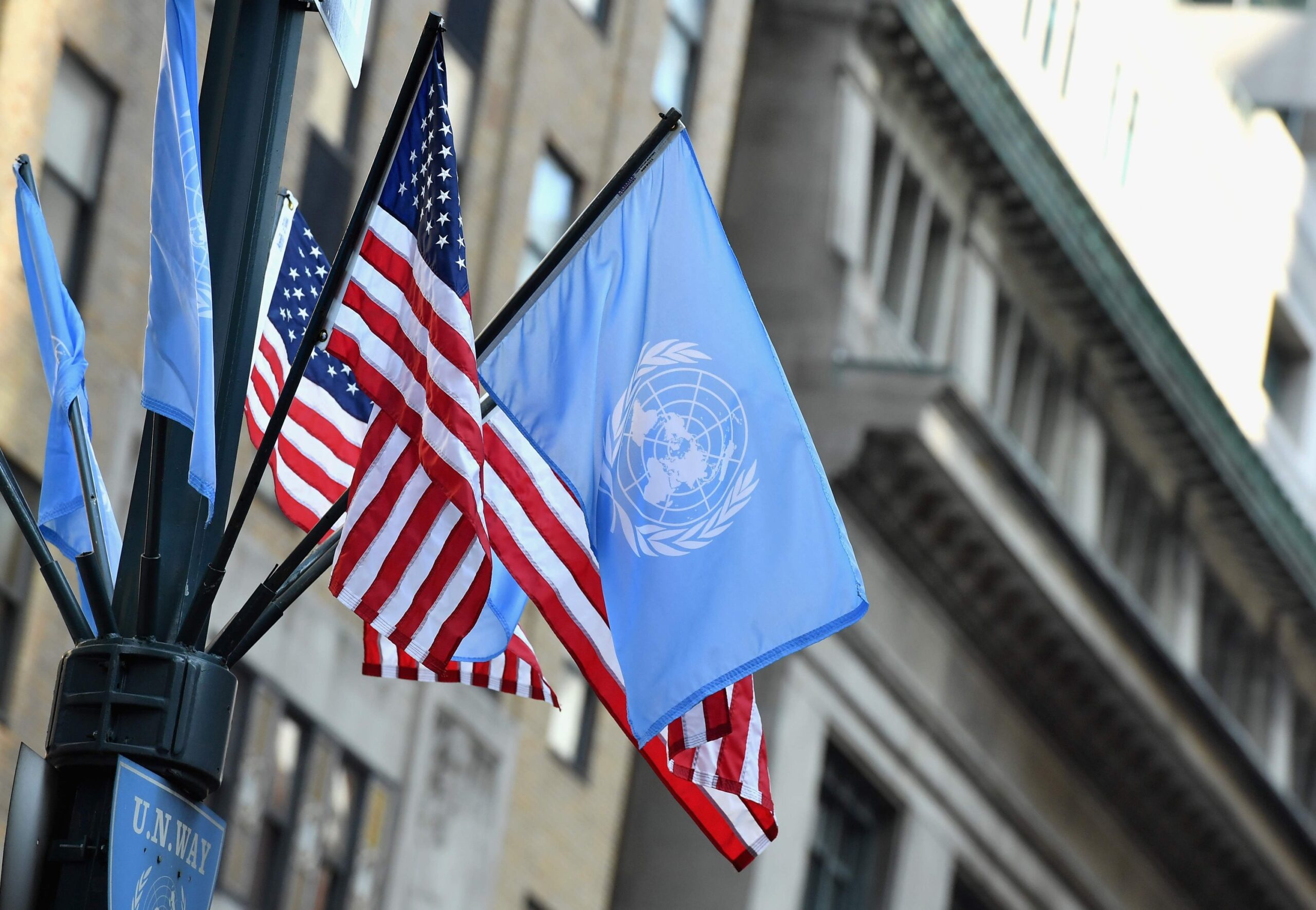American Leadership in Advancing SDGs: 3 Toplines & A Call to Action
As part of UN GLobal Goals week, the Brookings Institute facilitated “American Leadership in Advancing the SDGs”. Here are 3 of the webinar’s topline messages and a Call to Action for all Americans interested in furthering the SDGs:
“We have only 9 years left to meet the 2030 SDG goals” – Ana Maria Argilagos, President and CEO of Hispanics in Philanthropy (HIP)
In 2015, all United Nations Member States adopted the 2030 Agenda for Sustainable Development, a blueprint for peace and prosperity for people and the planet articulated through 17 Sustainable Development Goals (SDGs). Globally, we are behind schedule on achieving many of the SDGs and, in particular, a critical climate action milestone: net zero emissions. To reach net zero by 2050, annual clean energy investment worldwide must more than triple by 2030. Getting to Net Zero Is Feasible, if the United States “rapidly rebuilds its energy infrastructure to run primarily on renewable energy”. For many, if not all, SDG milestones, American leadership will require transforming policies, mindsets, and behaviours in previously unprecedented ways, and at a previously unrealized pace and scale.
“Youth make up 1/3 of the global population” – Cynthia Yue, UNA-USA Youth Observer to the United Nations
In 2018, Greta Thunberg and the Stoneman Douglas High School shooting survivors helped reawaken America to the importance of youth in any and all movements for change. Cynthia Yue reminds us that young people under twenty represent thirty-three percent of the global population, the largest cohort represented in Visual Capitalist’s World Population by Age Group Infographic. Today’s youth are more poised to engage in local, national, and global action than perhaps any of their predecessors, so public, private, and community organizations must amplify youth voices and incorporate youth perspectives to remain relevant. Furthermore, realizing that youth account for one-third of the global population should prompt important awareness about the remaining two-thirds: our global population includes increasingly higher percentages of older cohorts as life expectancies increase and birth rates decline. An aging population suggests more pressures on younger people for elder care and expanded reliance on programs like social security. Rapid transformation of policies, mindsets, and behaviours must address, and leverage, significant shifts in our age demographics, incorporating the contributions and needs of all age cohorts.
“1 in 3 Americans is economically insecure; this is a scale that charitable giving cannot solve” – Michael McAfee, President & CEO, PolicyLink
40 percent of U.S. adults would be unable to cover an unexpected cost of $400
Economic security means having enough resources to meet basic needs like food, clean water, and stable housing; it is fundamental to the wellbeing of individuals and national economies. How can one of the world’s wealthiest nations have an “economically insecure population of 34%” with black and Latinx residents “making up 38% of the population, but 52% of the economically insecure”? Americans have looked increasingly to charitable foundations for solutions to this problem throughout the past few decades. However, 106 million people in the United States are economically insecure; the problem is getting worse and destroying families and economic growth across the entire country. Charitable giving will not fix this; it cannot rectify access to the opportunities and resources that lift people out of economic insecurity. We need bold policy initiatives that expand access to good jobs, housing, education, medical care, family care, transportation, and social safety nets. Americans must rapidly transform local, state, and national policies, businesses practices, and individual habits to redefine our economy, provide economic security, and safeguard participation in the global economy.
American leadership in advancing the SDGs requires rapid adoption of transformative policies, practices, and habits that create a more secure and just American economy. As Brookings Trustee Dr. Helene Gayle reminded us, “Americans have traditionally applied United Nations frameworks to other countries, but not the United States. The inequities we see between countries also exist within our country. We need to expand our use of UN frameworks locally, to understand issues that transcend local geographies and help us become part of creating a better world”.
Call to Action: Do something today, and every day, to make the SDGs relevant in your community. Use the SDG framework to guide your habits, your community work, your consumer choices, and your expectations of local, state, and national government. Ask a business to switch to renewable energy, lift the SDGs during public comment at your city council meeting, or join an SDG action campaign. Fight for rapid adoption, radical inclusivity, and transformative economics. Turn your values into concrete actions that help create positive momentum. Think global and act local to help yourself, your friends and family, the businesses you frequent, and your elected officials advance the SDGs. We can all lead from where we are.
Donna LaSala & Ema Phelps are instructors at the Triple Bottom Line Institute, and serve as co-ambassadors for SDG#11: Sustainable Cities & Communities in the United Nations Association Global Goals Ambassadors program.



